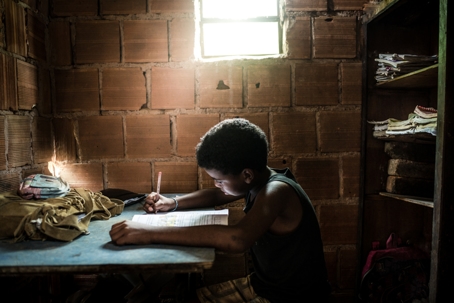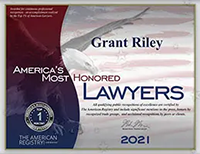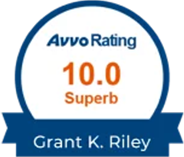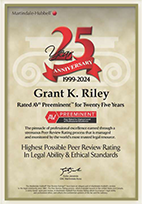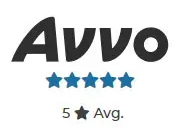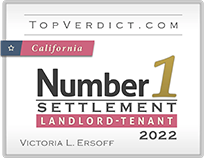Summer heat can be brutal, but for those living in slum housing, it can turn an already challenging situation into a dangerous one. The summer months often magnify unsafe living conditions, from sweltering indoor temperatures to structural issues that worsen with the heat. Understanding the risks and legal rights is critical if you’re feeling trapped in this situation. You don’t have to endure unsafe conditions in silence..
The Heat Problem in Poorly Maintained Housing
Slum housing often lacks the amenities necessary to safely endure a heatwave. Poor ventilation, ineffective or absent air conditioning, and deteriorated building structures can combine to create environments that are not just uncomfortable but actively harmful.
1. Lack of Ventilation and Air Circulation
Many cramped, poorly maintained housing units depend on natural airflow for ventilation. However, heat builds up like a pressure cooker inside the home without functional windows or vents. Without cross-ventilation or fans to circulate air, indoor temperatures can be significantly higher than outside.
2. No Air Conditioning
Air conditioners are often considered a bare minimum for cooling during extreme heat. Yet, many slum housing units either don’t come equipped with them or have damaged units that landlords never repair. When working-class families raise the issue, it’s not uncommon for their complaints to be ignored or dismissed.
3. Structural Problems Worsen
Weak roofs, cracked windows, and outdated insulation fail to protect against rising temperatures and can make living conditions even worse. Metal roofs intensify the heat, and poorly insulated walls trap it.
4. The "Urban Heat Island" Effect
Many slum housing clusters appear in cities with the strongest urban heat island effect. Urban areas absorb and retain more heat due to concrete buildings, asphalt roads, and a lack of greenery. This makes the already unbearable summer heat even more extreme in slum neighborhoods.
The Health Risks Are Severe
The summer heat combined with unsafe living conditions isn’t just inconvenient; it’s life-threatening. Here are some health risks that may be familiar if you're living in such conditions.
Heat-Related Illnesses
Prolonged exposure to intense heat can lead to dehydration, heat exhaustion, or even heatstroke. These conditions are particularly dangerous for children, the elderly, and individuals with pre-existing health conditions.
Worsening Respiratory Problems
Poor ventilation and extreme heat can worsen respiratory conditions like asthma or chronic obstructive pulmonary disease (COPD). Sweating indoors without proper airflow increases indoor humidity, creating a breeding ground for mold growth, further harming respiratory health.
Mental and Emotional Strain
It’s easy to overlook the emotional toll of living in unbearable conditions. Prolonged heat and discomfort can increase stress levels, disrupt sleep, and even lead to heat-induced aggression or anxiety.
What Can You Do About It?
If you or your loved ones are stuck in unsafe housing conditions, there are legal tools to help you improve your situation. Here’s how you can start taking action.
1. Know Your Tenant Rights
Landlords are required by law to maintain their properties to a level that ensures they are safe and livable. While requirements may vary by state, some basic expectations include functioning windows and ventilation and promptly fixing structural problems.
2. Document Unsafe Conditions
If you suspect that your landlord is neglecting their duties, start by documenting issues. Take photos of broken ventilation systems, metal roofs that radiate heat, or any other unsafe conditions directly worsened by the summer heat. Keep records of all correspondence with your landlord about these issues in case you need legal support later.
3. File a Complaint
If your landlord refuses to address the issues, you can file a complaint with your local housing authority. Many jurisdictions have codes that outline property maintenance requirements, including keeping homes safe during extreme weather.
4. Seek Legal Help
At times, landlords won’t take responsible action until legal recourse is pursued. If you’ve exhausted all other channels to no avail, hiring an attorney to advocate on your behalf can make all the difference. Knowledgeable tenant attorneys can help file lawsuits, demand necessary repairs, or even argue for financial compensation for the harm you’ve experienced.
Prevention Tips to Stay Safer
While challenging landlords to meet your housing needs, you can take small steps to reduce the immediate impact of heat inside your home:
- Use Portable Cooling Methods: A combination of fans and frozen water bottles can create makeshift AC units to cool your space in a pinch.
- Block Sunlight: Use heavy curtains or aluminum foil on windows to reflect sunlight and keep rooms cooler.
- Drink More Water: Staying hydrated helps prevent heat exhaustion and other illnesses caused by prolonged heat exposure.
- Identify Community Cooling Centers: If your home becomes unbearable, local libraries, malls, or community centers may offer temporary refuge during peak heat hours.
Los Angeles Slum Housing Lawyers
At Riley Ersoff, we understand the strain summer heat can place on housing safety and community well-being, highlighting the importance of addressing these environmental challenges effectively. We are committed to advocating for equitable solutions and fostering safer communities in partnership with local entities and our dedicated experts. If you are looking to collaborate on creating meaningful impact and resilient urban environments, we invite you to contact our Beverly Hills office for more information on how we can support and advance these initiatives together. Let's work towards fostering healthier, sustainable slum communities prepared to thrive amidst the challenges of extreme heat. Contact us today at (888) 658-9695 to get started.

